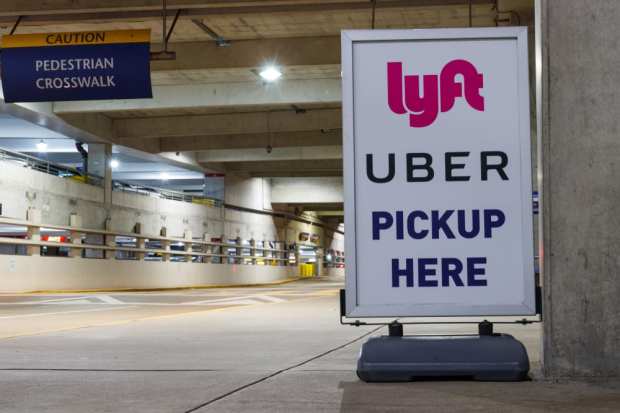Uber’s And Lyft’s Divergent Journeys Through The Pandemic

To get a sense of how the pandemic can affect companies differently – even competitors in the same vertical, jockeying for position, for mindshare, for wallet share – consider the recent earnings reports from two juggernauts in the ride-hailing space.
That would be Uber and Lyft, of course. And the numbers from the first-quarter reports, along with management commentary, underscore two separate strategies. One is a laser-like focus on building a P2P marketplace focused on transportation (Lyft) and the other is an effort to build a broad platform – where transportation is just one offering among many, and where users and drivers can pivot from one service to another as demand shifts, offering at least some diversification of revenue streams.
In proof positive of that ability to pivot, in Uber’s results, Uber Eats may have been the standout, as revenues tied to that operation were up more than 50 percent, to $819 million.
Uber Freight also saw growth, up 57 percent to $199 million year over year.
Those gains helped offset a dip in the main rides unit, where gross bookings were down by 5 percent, to $10.9 billion. However, total revenues were up 2 percent to $2.5 billion.
Drilling down into commentary on the call, CEO Dara Khosrowshahi said that among his responsibilities are to “skate to where the puck is going, not to where it’s been.” He related that in some cases, cost control has been a focus on the ancillary businesses, where, for example, the company merged its JUMP unit into Lime.
For Uber, the rides business was down 80 percent in April after having seen year over year gross bookings growth of more than 20 percent through much of the quarter.
Yet there have been week-on-week gains in the segment. Management said that last week, there was 9 percent trip growth and 12 percent growth, globally. In the U.S., gross bookings were up 12 percent.
Digging Into Eats
Though rides bookings were down 80 percent, the ability to pivot to Eats means the total company is off only 40 percent in April, Uber said.
Eats crossed the $25 billion gross bookings annual run rate, management said on the call, adding that there has been a “tremendous” increase in restaurant signups tied to the service, and there has also been demand for grocery and convenience items. From early March, grocery and convenience gross bookings were up 117 percent over the same period last year, and active storefronts were up 34 percent.
Said the CEO: “There is a silver lining to this unbelievably tragic COVID virus, which is the business that we have of Eats and the category in general, just looks like it is going to be substantially increased – and some would say by multiples.”
As Karen Webster wrote in this space last year: “For Uber, transportation is a platform feature that is central to its business, but is not its end game.”
Looking at Lyft
Lyft, for its part, reported pressures similar to those seen by Uber, and without the adjacent units that would presumably offset those pressures.
In terms of headline numbers, the company posted a 3 percent increase in active riders for the period that ended in March, to a bit more than 21 million overall – but that number dropped precipitously in April, down 75 percent in April.
CEO Logan Green said on the call that ride levels appear to have stabilized, perhaps bottoming out as of the middle of last month.
“We have since seen three consecutive weeks of week-on-week growth. But clearly, this is from a low absolute ride base, and rides last week were still down more than 70 percent year-on-year,” he said, adding that the headwinds of social distancing and altered consumer behaviors will still be in place.
CFO John Zimmer said that “when the economy opens up again, ridesharing will be the first place many people turn to earn.” The Essential Deliveries program – which brings drivers in contact with government agencies and healthcare organizations, among others, to deliver meals and groceries – proceeds apace. But, added Zimmer during the question and answer session, “for clarity, anything that we do or would do, we have no interest in launching a consumer food delivery service. And so we will not be doing that.”
For Uber and Lyft, then, the divergent paths continue to wind their respective ways through the pandemic – and beyond.
